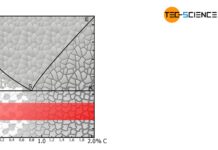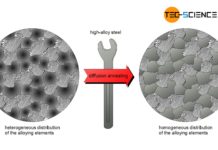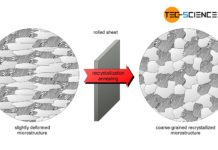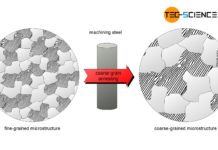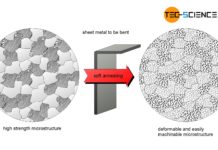Nitriding is not based on the formation of martensite but on the formation of hard and wear-resistant nitrides on the surface of the workpiece!
Surface hardening like flame hardening, induction hardening, laser hardening and case hardening all have in common that the hard surface layer is achieved by a martensitic microstructure. However, such a transformation could become a problem if a workpiece has to be dimensionally accurate, since the microstructure transformation generally leads to hardening distortion. The scale layers that form may also have to be reworked. In such cases nitride hardening (nitriding) can provide a remedy, which does not require any microstructural transformation. Nitriding is therefore not one of the classical surface hardening methods by means of microstructure transformation.
Nitriding is not based on the formation of martensite but on the formation of hard and wear-resistant nitrides on the surface of the component!
During nitriding, the alloyed steel is exposed to a nitrogenous environment at temperatures of about 500 °C. The nitrogen atoms diffuse into the surface of the steel and combine there with present alloying elements such as aluminium, chromium, molybdenum, vanadium and titanium to form hard and wear-resistant nitrides.
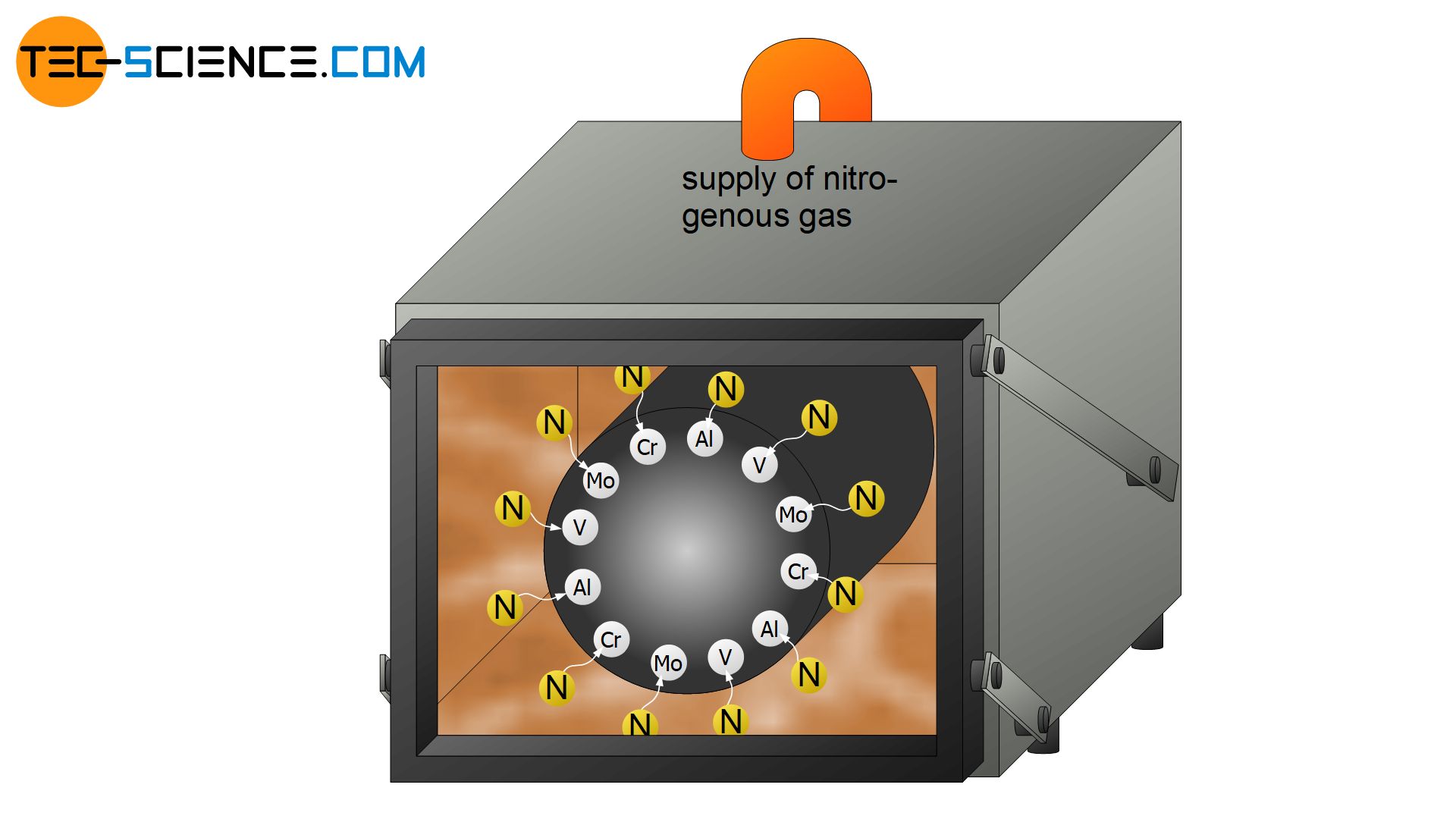
Nitriding requires special steels containing nitride-forming alloying elements, so-called nitriding steels (e.g. 34CrAlMo5). The nitrides formed on the surface also lead to stresses in the material. However, these do not represent any weaknesses but increase the fatigue strength of the component to a special degree due to the residual compressive stresses caused! The nitride layer also improves corrosion resistance.
Nitriding is used in particular to improve the fatigue strength of dynamically stressed components!
While the surface hardness increases strongly due to the nitrides formed, the properties of the component core remain unaffected, as the nitrides only form on the surface. The layer thicknesses range from 0.1 mm to 1 mm. Thicker nitride layers are only possible with very high effort. The long annealing times of sometimes several days can make nitriding very time-consuming and therefore expensive.

